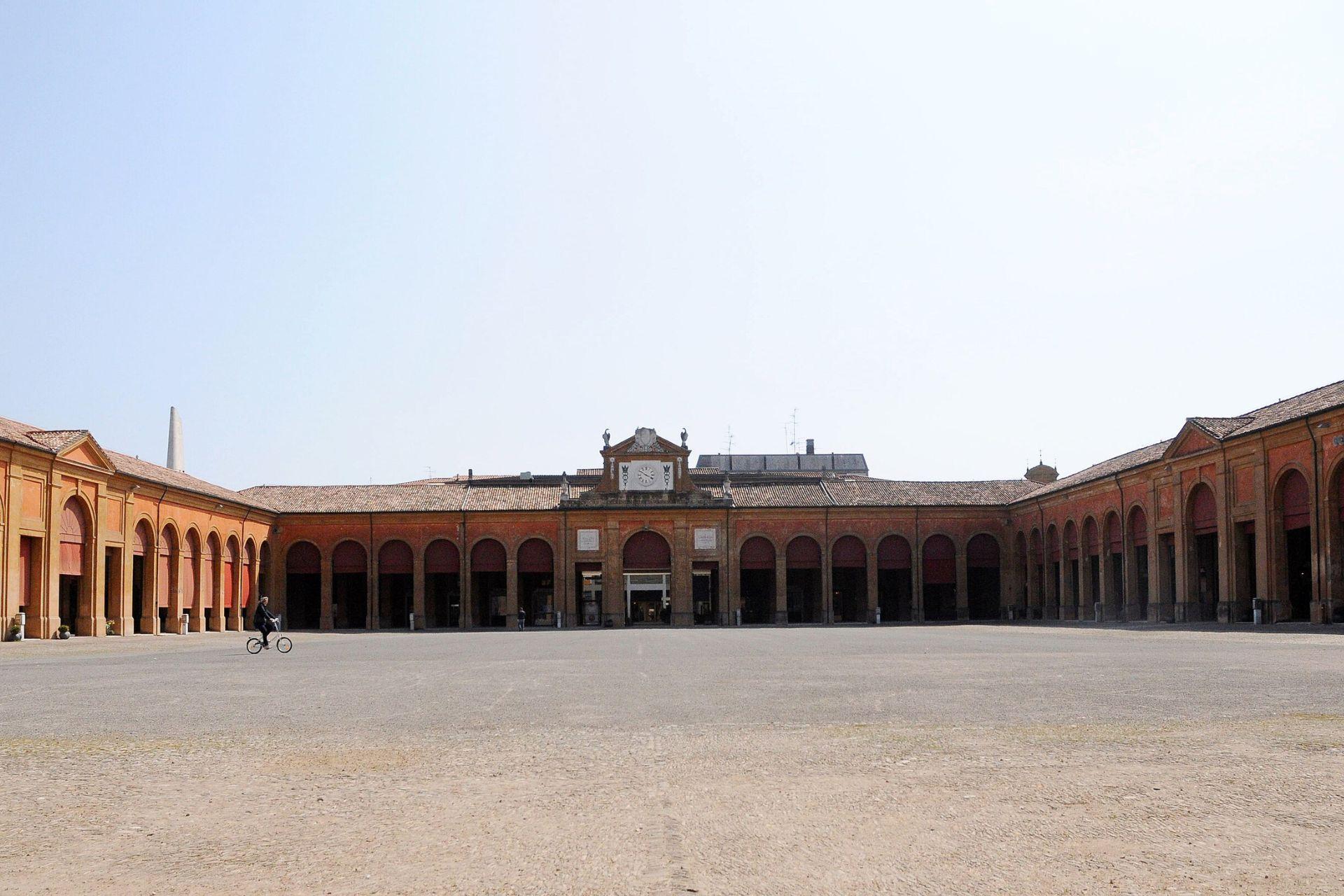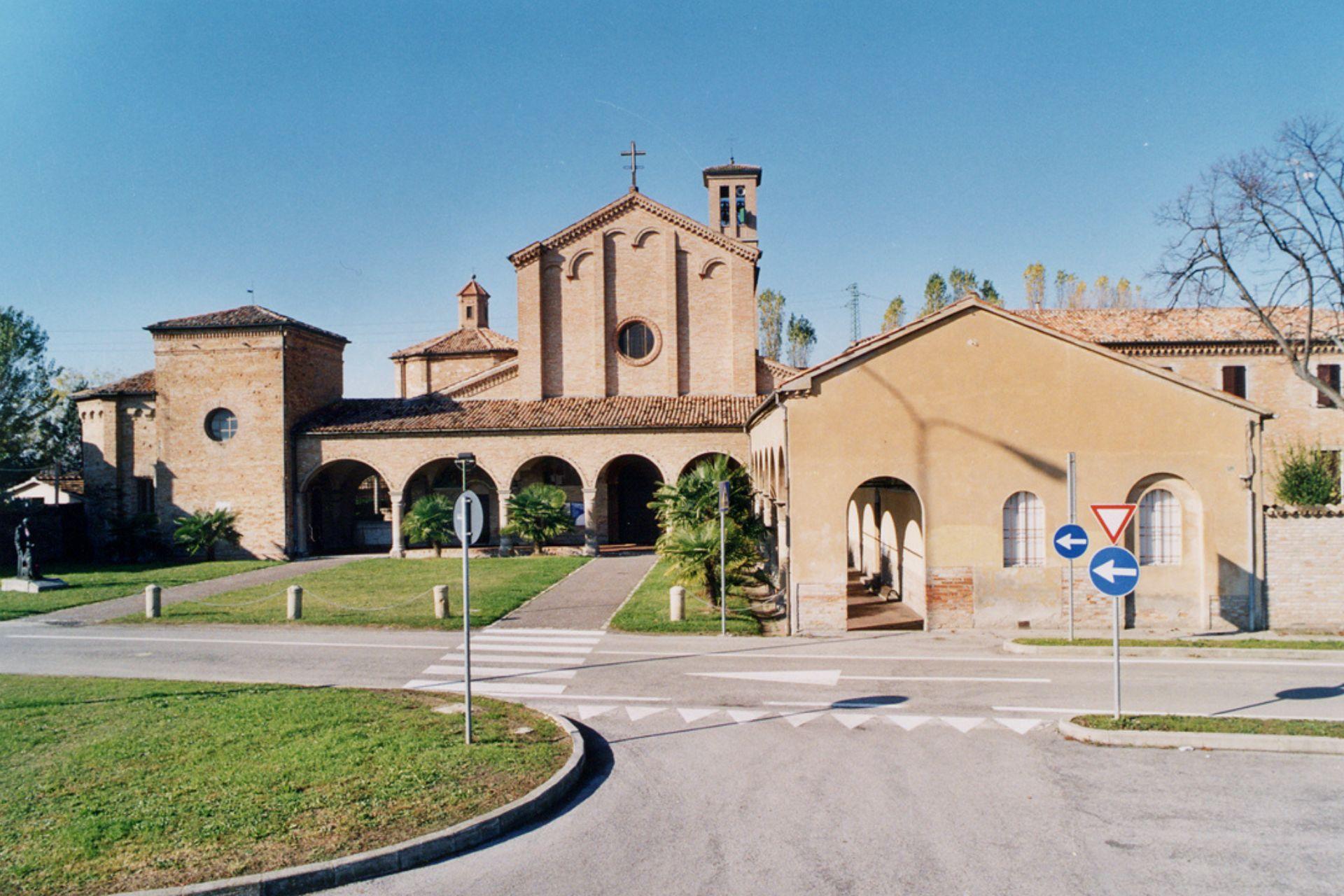Woman of the house, cook, governor, icon of Romagna on a par with bagnino, piadina and cappelletti!
Everyone in Romagna knows her. And for those who don't, just read this article to discover a fascinating and indispensable figure.
Today, the azdora is more a collective memory than a living presence, a figure that survives in the stories of the elderly and in gestures handed down from mother to daughter. The transformation of society and the evolution of the female role have relegated this figure to a cultural symbol, but have not diminished its evocative power.
And yet, in the countryside, in the villages, within the walls of certain houses, some still resist, authentic, concrete, like living relics of a hard-working and authentic Romagna.
Those who knew her remember her well. Always on her feet, always busy, her hands white with flour, her voice firm but affectionate. A strong, confident, tireless presence.
And to look at it, it would look like something out of a Fellini film.
Azdora: meaning and role
The azdora was much more than a 'housewife'. She was the reggitora, the woman who held up the entire family architecture. The term comes from the Romagnolo azdôror he who rules, who directs. But in the female version it takes on an even denser force of meaning, because the azdora did not merely 'do', but ruledHe presided over the household, administered resources, imposed rhythms and rules.
Libero Ercolani's Romagnolo-Italian dictionary describes her as 'she who presides and governs' - a perfect synthesis of her pivotal role.
If the man was often out in the country, or in the fields or at work, she was the one who ensured the domesticity, bringing up the children, cooking for everyone, looking after the elderly, and welcoming anyone who crossed the threshold.
Not surprisingly, the language retains its traces: the use of the article in front of the feminine proper name - the Mary, the Catherine - is a legacy of the azdora, identified and recognised as an important figure in the home and community.
Not all, however, could stay at home. Some were also forced to work in the fields and, as proof of the importance of these women in the home who were irreplaceable, a saying was even coined:
When the azdôra goes to the field she loses more than she gains
(when the azdora goes to the country she loses more than she gains)
Behind this apparently ironic phrase lies a profound truth: the azdora had an irreplaceable role. If the man brought money home, it was she who multiplied its value: she knew how to spend, where to buy, how to choose the best with the least, to feed large families with ingenuity and wisdom.
The realm of the azdora: the kitchen
The beating heart of her power was the kitchen. There, with rolling pin in hand - a faithful companion in battle - the azdora shaped the gastronomic culture of Romagna.
La soupas we call home-made pasta, was more than a food: it was an act of love, a test of skill, a symbol of identity.
Be careful, though: do not confuse it with sfoglinaalthough the two figures often coincided. The azdora cooked out of necessity, out of love, for family. The sfoglina, on the other hand, was the one who made pasta as a trade, for others.
The pastry - with eggs when there were some, without when there were none - was rolled out thin but rough, 'matta' they called it, precisely because of its poverty and strength. It had to hold the sauce, give body and flavour even with few ingredients. It was the kitchen of dignity, of cunning, of resilience.
Pasta from Romagna: an atlas of shapes and flavours
Those who say that Romagna is only the land of piadina are wrong. Our land is a kingdom of pasta formats.
And we are not just talking about tagliatelle or cappelletti. There is a culinary geography to be explored, lost in centuries and dialects:
- tortelli
- cappelletti
- ravioli
- garganelli
- passatelli
- tagliolini
- strozzapreti
- soups
- gnocchi
- gnocchetti
...and then there are the hidden treasures, the ancient names that tell of poverty and ingenuity:
- bigul (bigoli)
- curzul ('shoelaces', Lenten pasta water and flour, perfect with shallot sauce)
- jugétt (jokes)
- deception
- malfattini
- maltagliati
- mumps
- strichétt (ribbons)
- scrichètt
- qudrelli
- gross spoja (raveggiolo 'dirty' soup)
- sbrofabérba
- tajadlòtt (one of the poorest, typical summer)
- turnabout
- zavardòn
Every name is a story. Every dish, a world. And it all starts with her, the azdora.
A figure to be rediscovered
Today, the azdora is a presence that surfaces in memories, but has not disappeared. It lives on in the gestures of grandmothers, in knowledge handed down, in Sunday lunches, in respect for traditions.
And above all, it is a symbol of Romagna's identity: of its strength, its know-how, its being concrete, warm, welcoming.
To rediscover the azdora is to rediscover a piece of us.










